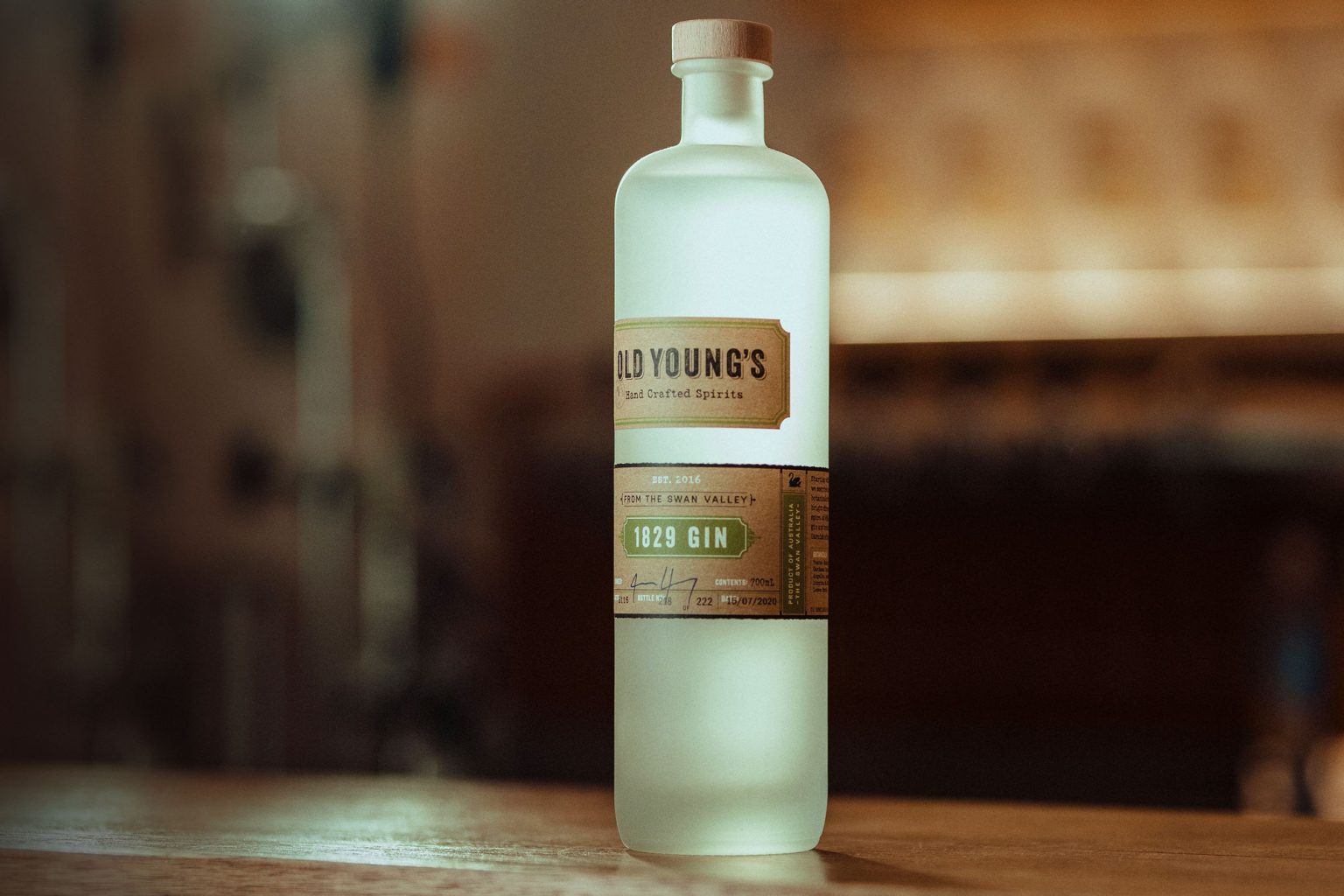The Power of Omni-Channel Marketing in 2019 for Retail

The customer journey has rapidly changed over the years, especially in retail. Fifteen years ago you would ask your neighbour for advice on which lawn mower or TV you should buy next. Fast-forward to present day. Consumers simply need to pick up their phone and type a few keywords into Google or use the appropriate hashtags on social media to learn more about a product or brand. Consumers are not going to brand websites – they are going to search and social media. It’s no longer enough for a business in 2019 to have a single channel for acquiring customers. Omni-channel marketing has become mandatory.
In this article I’ll reveal what omni-channel marketing is, why it’s important, and how businesses are using it today.
What is omni-channel marketing?
Omni-channel means multiple channels. For example, if customers can reach your support team via email, telephone, social media, and live chat, this is called omni-channel customer service. If your brand is present on Google, Bing, Facebook, and Instagram, this is called omni-channel marketing. If your customers can purchase your products online and collect in-store, this is called omni-channel shopping. Omni-channel marketing offers prospects and customers multiple touch points to connect with your brand during their discovery, purchase, and post-purchase phase of their buying journey.
Why is omni-channel marketing important?
I’m glad you asked. A recent Google study found that consumers are turning to their search engine for shopping ideas (gifts for friends under $50), to create shopping lists (backpacking gear shopping list), and to find brands (top men’s clothing brands).
These search requests increased dramatically in 2017. If your business is not leveraging a combination of SEO and AdWords, you’re missing out on an influx of potential customers who are looking for your products. The last time you needed to buy something or required a service, I bet you started your shopping journey on Google or social media for products and Google/Apple Maps if you were looking for a bar, restaurant, gym, or a local business. If your brand is not providing an omni-channel marketing experience, not only are you missing out on customers, but you also run the risk of becoming obsolete in today’s world. Omni-channel shopping doesn’t work with Google. Consumers use Instagram as a personal shopping mall to research brands and products they like. 50% of consumers think a brand’s Facebook page is more important than their website.
The power has shifted to the consumer
Before the Internet, the power was with the brand. There was no social media, hardly anyone had a website, and the consumer had to visit your brick and mortar store to view your products. In 2019, anyone can create an online business in minutes and, with the right omni-channel marketing strategy, reach millions of prospects. Consumers have so much choice that they now hold the power. If your website takes too long to load, they will go and use someone else. If you have hidden delivery fees, then expect a high abandon cart rate. If you don’t update your Instagram account for weeks, then engagement with customers will weaken. You can find numerous studies proving that omni-channel marketing works massively in retail, with customer lifetime values increasing by as much as 30% than businesses that use a single channel. Is it easy to create an omni-channel marketing strategy in today’s chaotic retail space? No. Customers understand that but they still want you to do it.
How can you provide an omni-channel marketing strategy?
Creating an omni-channel marketing strategy requires a lot of thought, and strategies vary from brand to brand. Omni-channel marketing requires you to understand how your customers think and search. Which platforms do they turn to first? For example, if I’m looking for a place to eat lunch or cut my hair, I’ll turn to Google Maps as I need something local. If I’m looking for a new laptop or electronic device, I’ll usually visit Amazon to read customer reviews followed by Google to compare prices. If I’m looking for vacation ideas, I’ll search for vacation hashtags on Instagram.
Omni-channel marketing doesn’t mean you have to be on every search engine or social media site – you only have to be on the ones your customers use. Curry’s is the UK’s largest electrical store. Not only do they offer an omni-channel marketing experience, but they also have an omni-channel shopping experience. They learned early on that consumers want to view products in real life to see how they look and operate. Their customers were also less likely to spend $1,000+ on white goods before testing it. To solve this friction in the customer journey, they gave customers the option to save items to their cart online and collect in store. On their website you can enter your postcode and they will tell you whether the item is in stock and the closet stores to your home.
This omni-channel shopping experience is one of the best I’ve seen. You can even go to their store, buy a product, and have it delivered to your home – which is the exact opposite of online shopping. This is what all retail brands need to be doing to get ahead.
What does your omni-channel shopping experience look like?
Are you engaging with customers on multiple touch points? Is your brand on the first page when a consumer searches for a keyword related to your business, or are your competitors stealing all your traffic? Google Voice, Siri from Apple, and Alexa from Amazon are just around the corner. There’s going to be even more channels on which your business needs to gain new customers. The lower you wait to implement an omni-channel marketing strategy, the further your brand falls behind. Are you struggling to create a clear, definable omni-channel marketing strategy? If so, then get in touch with us today for a free consultation on how to scale your brand using omni-channel marketing.









